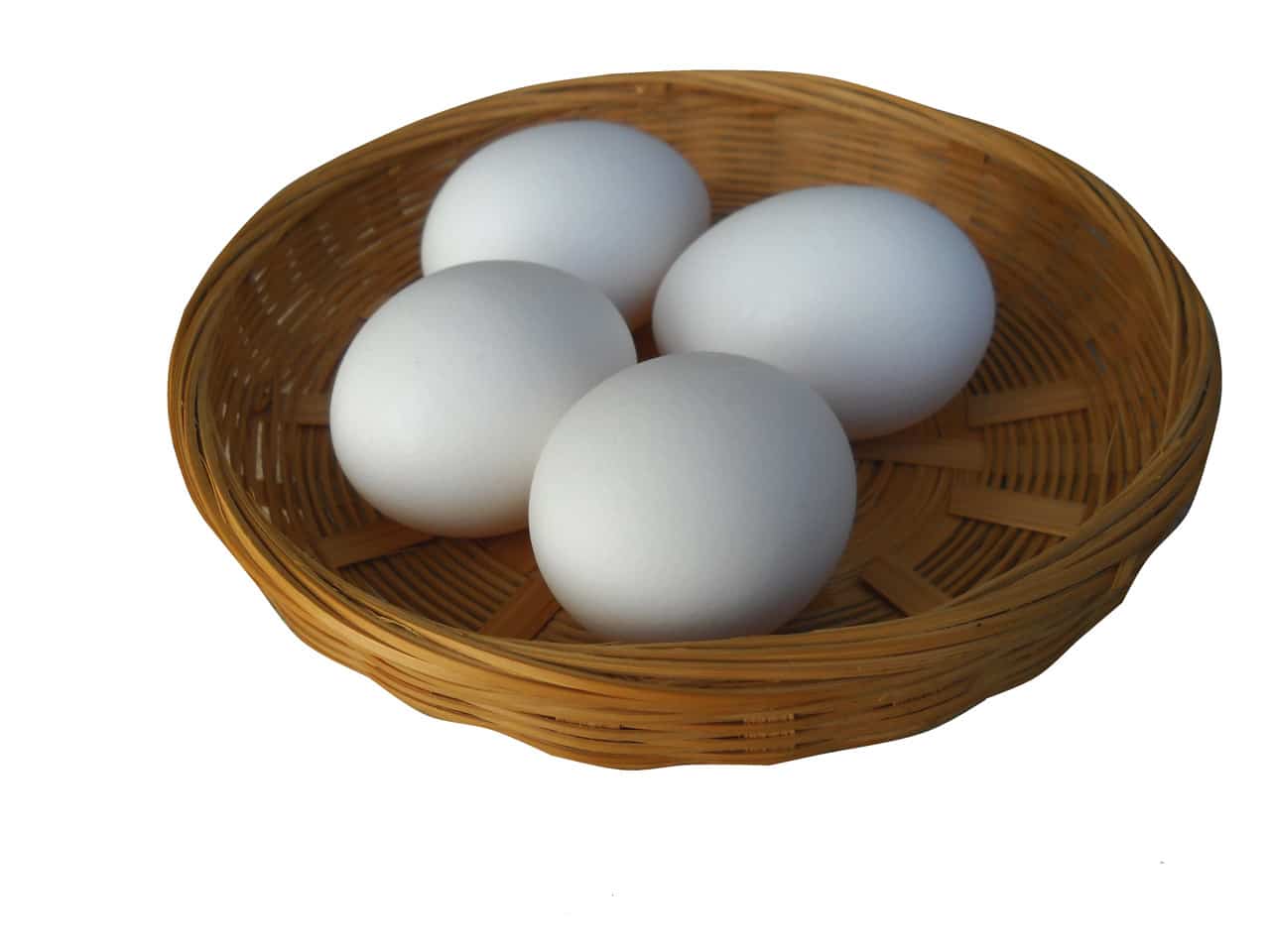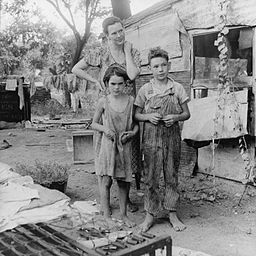Resilience: (1) the ability to become strong, healthy, or successful again after something bad happens; (2) the ability of something to return to its original shape after it has been pulled, stretched, pressed, bent, etc. (Merriam-Webster)
In short, resilience is the ability to withstand adversity and recover well. It is about transitioning from one state to another as gracefully and painlessly as possible. Think about putting your eggs in multiple baskets, building a dam high enough for anticipated floods, or fire insurance. All of these are about resilience. And, let’s notice something: none of them are incredibly exciting and they are not profitable: buying one basket is cheaper for carrying your eggs than buying 2, a 100′ dam is less expensive than a 200′ dam, and we all know fire insurance costs us money every month and gives us no benefit if there is no fire.
But, all of these things, despite their expense do give us some measure of resilience. Let’s start with fire insurance. No one gets fire insurance because they believe their house IS going to burn down; they get it because they believe it MIGHT burn down and, if it did, it would be difficult or impossible to recover without insurance. Insurance is always a waste of money, and will make you poorer in the long run, unless something bad happens.
Insurance is just one (mainstream) example of resilience. Another example is the practice of diversifying an investment portfolio. To get rich quick, you make a large bet on a winner. Most of us, though, hedge our bets by diversifying our investments. Our stocks are diversified not only among different companies but different industries and, perhaps, countries. But we can go further and invest in bonds, futures, real estate (in different locations to increase diversity there), and so on (see this article on financial resilience).
So, how much resilience is enough? How much insurance one buys, to return to that example, depends on the probabilities of something bad happening to you and your confidence in those probabilities. It’s interesting to notice that insurance products mainly exist for events for which good probability estimates exist. Indeed, it would be difficult for insurance companies to make a profit without accurate probabilities. But, it’s the stuff we can’t accurately estimate that is so difficult to decide on. What most of us do is simply avoid the question altogether — denial is best, it feels better.
But, let’s say you don’t want to count on denial (or its twin, unfounded optimism), but you still don’t know how unstable you think things can become AND you don’t know the probability of the various outcomes that might occur. On the continuum of possible outcomes from total-mad-max-zombie-apocalypse-collapse and life-as-usual-continuing-forever-due-to-some-amazing-and-as-yet-unknown-set-of-technological-solutions, how can anyone claim to know what will happen? Of course, no one can predict the future very well — that’s the point of resilience! Nevertheless, there are books we can read and courses we can take. We can inform ourselves. But, let’s say, for now, that you don’t have the time or energy for all that unpleasantness.

Now, how unstable are things going to get? Well, who knows, right?! (We just talked about that…there is lots of information on this site about it, but still, no one knows). There are many observations and indications that appear every day. For example, Dan Rather comments about how fragile he thinks our democracy may be (and how difficult it is for even a well-informed expert to predict the future):
Let there be no mistake, Donald Trump‘s recent rhetoric calling into question the legitimacy of an election he looks increasingly likely to lose (perhaps by large margins) is a grave and gathering threat to the stability of our constitutional democracy. – Dan Rather, 10/15/16, Facebook post.
Notice parenthetically that this seasoned reporter, like many others, predicted incorrectly, another side effect of uncertain times.
In any case, unless you choose denial or other avoidance strategies to make yourself feel better, time to again consider: (1) Don’t do nothing; (2) Put your eggs in many baskets. This will depend on how many baskets you have and the cost associated with carrying them.
What follows is a list of levels of resilience (baskets for your eggs) in order from levels almost everyone would endorse to levels that might be more counter-cultural. The corresponding world-view is noted in italics. Basically, the issue is really how much to invest in each level. You can spread your bets among levels 1 through 6 in proportion to what you think is likely to occur and how confident you are in that prediction. Think there’s zero chance that a particular level will be needed? Bet zero on that level. Any of us can decide how resilient we want to be. Where you step off is up to you. Also, notice that if you have a lot of resources, you can be very resilient without using a high percentage of your wealth. If you have few resources, the decisions are harder and may require cooperation with others to achieve. Note that books have been written about every level. The point here is a very broad and simple overview.

Level 0: The world will continue much as it has in the last 10 years. What goes down must go up, buy bargains when things get bad — the rich will be those smart and courageous enough to do so. Insurance is optional if the insured loss won’t wipe you out. Diversifying investments is too costly — why put your money in a basket of stocks when we all know that only 1 or 2 will be real winners? Find the winners and put your money there — only swing at good pitches.


Level 2: The world will continue much as it has in the last 100 years which means one has to prepare for a major depression, several wars (hope it’s not at home), drought, famine, genocide… These strategies include the 9 Prepping Priorities, which include food and water storage, security issues, financial diversification (domestic and international, multiple types of investments, article on financial resilience), the ability to leave your home and possibly your country, etc.

Level 3: The world is becoming increasingly unstable and unpredictable. Sigma 3 events are happening with increasing frequency as evidenced by phenomenon as diverse as weather and political upheaval. We should prepare not just for economic collapse but societal and governmental collapse. All wealth is ultimately based on land. Develop the skills and resources to survive without functioning urban centers. Get yourself a lifeboat by buying land with water, putting a permaculture farm on it so you can grow your own food, and figuring out what you will do about security. Don’t have the resources to do it alone? Form a village. Figure out how you are going to get to that land (and in what country) if things go south quickly.

Level 4: No, really, this is serious stuff. Do you want to end up a refugee, trail of tears, on a small boat on the open sea, in a camp? Get yourself a safety plan in multiple countries, a way to get there in a pinch, and as much legal status as you can in each country.


Level 6: We’re doomed as a species on this planet (or near enough that it makes no difference). Build in a plan to go to Mars or some other planet where we can start over and treat that planet better than we did this one.
Don’t like Mars? Figure out a way to help us all avoid level 6. Wouldn’t it be cool if Mars was just an elective option for interested parties because we developed ways of living that are not only sustainable and ethical but regenerative for the planet? That’s one planet thriving and there are solutions for a functional future that can help us achieve that. The big picture is a another good place to continue thinking about these issues.

Pingback: Wood vs. Natural Gas (vs. Rocket Stoves) for Environmental and Personal Health | One Planet Thriving
Pingback: The Dysfunctional Status Quo | One Planet Thriving
Pingback: Trump and Societal Collapse | One Planet Thriving
Pingback: Financial Resilience | One Planet Thriving
Pingback: Short-term resilience: Disasters | One Planet Thriving
Pingback: What is resilience? | One Planet Thriving